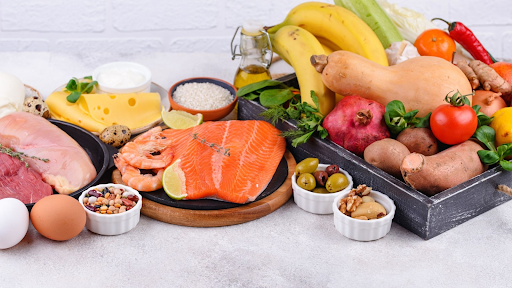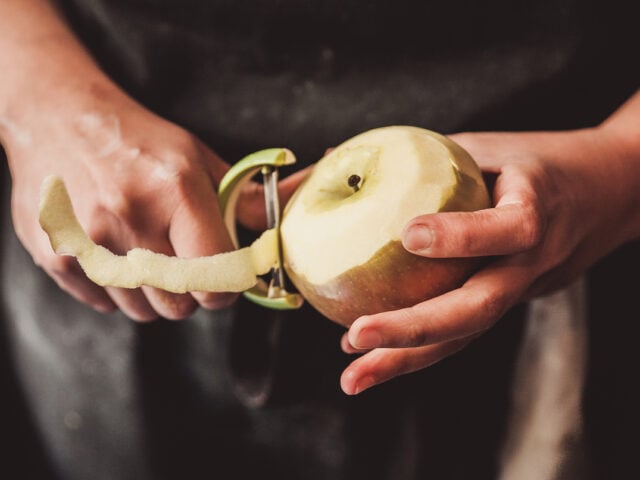
Highlights
- Molasses is a product of the sugar beet and sugar cane refinement processes.
- Molasses from sugar cane is preferred for human consumption.
- Molasses is the ingredient in brown sugar that gives it its distinct color, flavor and moisture.
- Molasses contains more vitamins and minerals than other sugars.
- Blackstrap molasses is lower in sugar and higher in vitamin and mineral content than regular molasses because it is more concentrated.
There are many different types and forms of caloric sweeteners that we collectively call “sugar.” Some sugars come in granulated form, such as table sugar. Table sugar is sucrose, a disaccharide made of equal parts of two monosaccharides: fructose and glucose. Other types of sugars, such as agave syrup and high fructose corn syrup, come in liquid forms as mixtures of the monosaccharides fructose and glucose.
Molasses is type of liquid sugar that primarily contains sucrose and smaller amounts of the monosaccharides fructose and glucose. Molasses is not as sweet as table sugar and is typically more viscous (thicker and stickier) than other liquid sweeteners like agave syrup, honey and high fructose corn syrup. Molasses is the ingredient in brown sugar that gives it its distinct color, flavor and moisture. In addition to its properties as a sweetener, molasses adds moisture, consistency and crust to baked goods such as cookies, dark breads, gingerbread and pies, as well as thickness to baked beans, marinades and sauces. Molasses is also used to make rum.
Where does molasses come from?
Molasses is a product of the sugar beet and sugar cane refinement processes. Sugar cane and sugar beets are grown around the world, including in the U.S., where sugar beets are grown in 11 states and sugar cane is grown in three states. Molasses from sugar cane is preferred for human consumption, whereas molasses from sugar beets is typically used in animal feed due to its bitter flavor.
The degree of sugar cane molasses refinement can vary. This variation results in three different grades of sugar cane molasses, for which the USDA has established standards. Less refining yields molasses that has a lighter color, higher sugar content and sweeter taste. Additional refinement yields molasses with a darker color, lower sugar content, less sweetness and stronger flavor. The most refined molasses is known as “blackstrap” and is specifically called for in recipes where more robust flavor is desired.
How is molasses digested?
Molasses mostly consists of the disaccharide sucrose. It also contains smaller amounts of the monosaccharides fructose and glucose. When molasses is consumed, the sucrose, fructose and glucose it contains are metabolized by the body in the same way as when these sugars are consumed from other foods and beverages. Sucrose is broken down into equal parts of the monosaccharides fructose and glucose. Glucose gets taken up by our cells with the help of insulin, while fructose is handled in the liver and does not need insulin to be absorbed.
Is molasses a natural or added sugar?
Whole plant foods like fruits and vegetables contain sugars. These types of sugars are considered natural sugars. Although molasses is produced from natural plant sources, molasses is considered an added sugar because it is added to foods and beverages (either during manufacturing or home preparation) that did not naturally contain it.
Molasses contains more nutrients—such as calcium, iron, magnesium and potassium—and similar amounts of calories (about 60) and grams of total sugars (about 15) per tablespoon as other liquid sugars like honey and agave syrup. Blackstrap molasses is lower in sugar and higher in vitamin and mineral content than regular molasses because it is more concentrated due to the additional refinement that it undergoes.
Although molasses may seem healthier, expert recommendations regarding molasses consumption are no different than recommendations for consuming other types of added sugars. The current Dietary Guidelines for Americans recommend consuming less than 10% of calories from added sugars, regardless of the source or type of added sugars. In the U.S., consumption of added sugars has declined in recent decades, but six in ten adults still eat more added sugars than is recommended.



